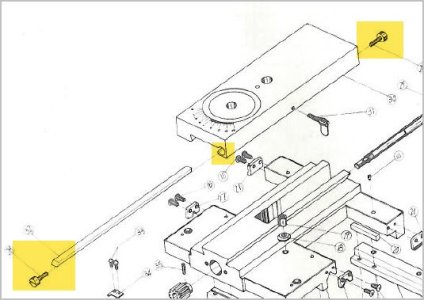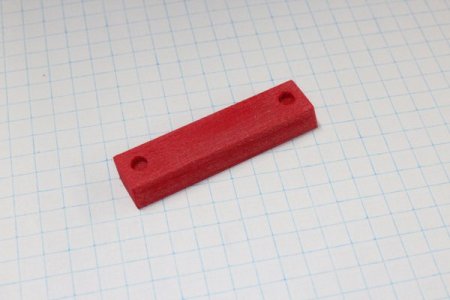Last night after I removed the cross slide gib to measure it for @grease monkey I took the liberty of removing the compound gib because the compound has always been very tight to move.
With the gib removed I discovered the reason was that the dial was tightened too much so there was too much friction.
But I also discovered that the end of the gib that is supposed to rest against the stop screw (no idea if that's what it's called) is slightly rounded off so the gib just pushes past the head of the screw.
This allows the gib to move too far into the dovetail causing binding.
I think I have two options to fix this:
1) Make/buy a new gib. Making one is obviously a non-trivial task. No idea if I can buy one.
2) Trim off the damaged portion. This could affect the adjustment range. The adjusting screws have about .75" of range so I may be able to get away with this.
I'm 100% certain the gib is cast iron otherwise I'd think about making a tiny MIG bead on the end and filing it to shape.
Are there options I'm not considering?
With the gib removed I discovered the reason was that the dial was tightened too much so there was too much friction.
But I also discovered that the end of the gib that is supposed to rest against the stop screw (no idea if that's what it's called) is slightly rounded off so the gib just pushes past the head of the screw.
This allows the gib to move too far into the dovetail causing binding.
I think I have two options to fix this:
1) Make/buy a new gib. Making one is obviously a non-trivial task. No idea if I can buy one.
2) Trim off the damaged portion. This could affect the adjustment range. The adjusting screws have about .75" of range so I may be able to get away with this.
I'm 100% certain the gib is cast iron otherwise I'd think about making a tiny MIG bead on the end and filing it to shape.
Are there options I'm not considering?


